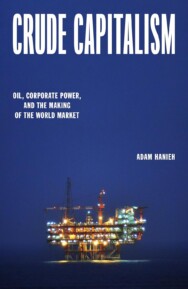German automotive industry at a crossroads
Category: Business

Warsaw, Poland (©Wistula, CC BY-SA 4.0)
“We expect the region to maintain a similar momentum to the previous three years and forecast a full year investment volume of EUR12.5-13.5bn,” said Kevin Turpin, regional director of the CSE research at Colliers. The consultancy company recorded a market total of EUR13.8bn in 2018 and EUR13bn for 2017.
The office sector will easily take the largest share as it is the preferred asset class for many investors, according to Mr. Turpin. It has a 58 per cent share of deal flows, followed by retail at 18 per cent, industrial and logistics at 9 per cent and hotel with 8 per cent. Retail is 30 per cent down compared to the same period of 2018, while the hotel sector is up.
Western European funds dominated, closely followed by domestic CSE funds; Asian capital, particularly from South Korea has also been increasingly active.
“The appetite from investors for all asset classes in CSE remains positive, particularly as a vast amount of capital is seeking allocation and the market fundamentals in the region remain compelling,” Mr. Turpin explained.
“A shortage of core and core plus product can be found in some markets and sectors, as many such properties are in the hands of long-term holders, portfolios and platforms. In addition, some owners may be hesitant to sell without the opportunity for redeploying their capital,” added Turpin.
With regard to the longer-term prospects for the region, Benjamin Perez-Ellischewitz, head of capital markets at JLL Hungary, argues that the current cycle is more favorable than the previous one.
“The banks are more discerning, there is no oversupply as the office supply is 10 per cent of stock and investors have a better knowledge of the market,” he commented at the Portfolio Property Investment Forum 2019. However, big-ticket items are lacking in the Hungarian market, which has a low supply of investment stock in the retail and industrial markets.
The lack of available stock is seen as a particular problem for the industrial and logistics sector according to Marin Polák, managing director and regional head of CEE at Prologis.



